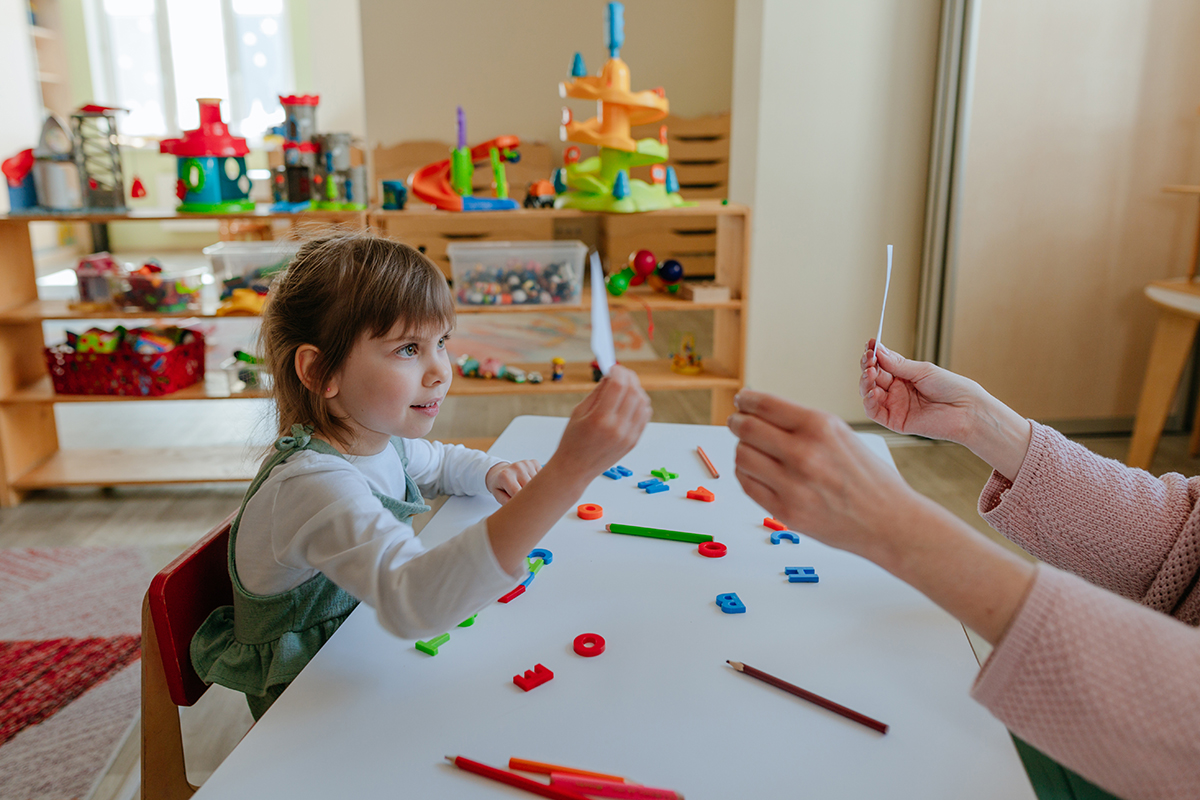Applied Behavior Analysis, or ABA therapy, uses a scientific method to understand and adjust behavior. While therapists use it in various contexts, it shows notable success in child development. This applies particularly to children with autism and similar disorders. In this article, we delve into how ABA therapy works, its impact on child development, and how it can shape a child’s future in a positive way.
A Closer Look at ABA Therapy
ABA therapy involves the application of behavioral principles in everyday situations. The aim is to encourage useful behaviors and discourage behaviors that could harm or hinder learning. Using a technique known as positive reinforcement, therapists promote positive behaviors. They also work to enhance a wide range of skills. The therapy stands out because of its emphasis on tailored treatment and measurable goals. This makes it highly effective in addressing the complex needs of children with developmental disorders.
ABA Therapy in Child Development

ABA therapy plays a vital part in many areas of child development. It assists children in learning to communicate effectively. It also helps them develop important social skills and enhance academic performance. Further, it supports children in mastering adaptive living skills. These include grooming, hygiene, and fine motor dexterity. These skills are essential for a child’s overall development and independence.
For children with developmental disorders, ABA serves as a critical tool in managing challenging behaviors. By understanding the reasons behind a behavior, therapists can use ABA to replace problematic behaviors with positive ones. This can bring about significant improvements in a child’s ability to function and flourish in various environments.
How ABA Works

The process of ABA therapy is tailored to meet each child’s specific needs. Therapists start by conducting a detailed assessment of the child’s skills, preferences, and behavior. This assessment forms the foundation of the child’s unique ABA plan.
Therapists use a variety of techniques in ABA therapy. These include discrete trial training (DTT), incidental teaching, and verbal behavior. Each technique serves a different purpose. For example, some techniques teach new skills in a structured way. Others encourage the use of language and communication in natural settings.
ABA therapy isn’t limited to a specific location. Depending on the child’s needs and the goals of the therapy, interventions can take place in various settings. These include the home, school, or community. Often, they deliver these interventions one-on-one. This ensures the child receives undivided attention and support.
Parents, teachers, and caregivers play a vital role in this process. They work alongside therapists to create a consistent learning environment for the child. This collaborative approach not only boosts the effectiveness of therapy but also enables those involved in the child’s life to support their development and progress.
Conclusion: The Lasting Impact of ABA
ABA therapy in child development isn’t just about teaching new skills or managing challenging behaviors. It offers a framework to understand how behavior works and how learning occurs. By addressing behavioral challenges, ABA provides children with the tools they need for success. It enhances their independence and helps them reach their full potential. It’s about equipping a child to navigate the world confidently, with the skills and knowledge to overcome obstacles and excel in personal and academic life.
The potential of ABA therapy in child development is indeed vast. It provides a child-centered, scientific, and outcome-oriented approach. ABA therapy offers a beacon of hope for many families. It emphasizes that every child, regardless of the challenges they face, has the capacity to learn, grow, and shine in their unique way.








Leave a Comment